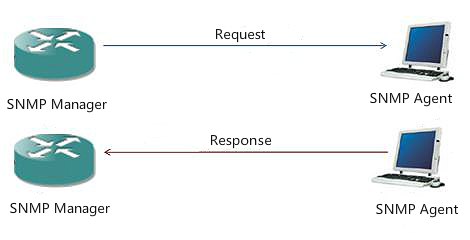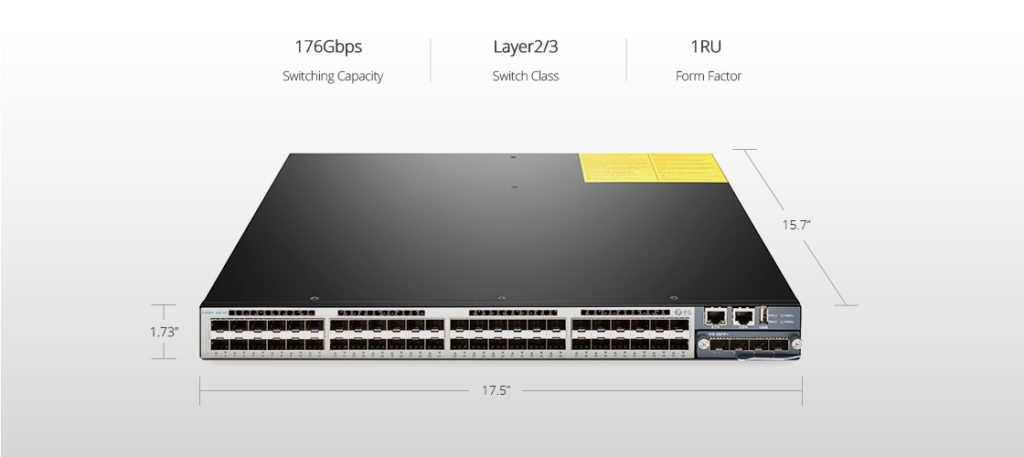IT System administrators are responsible for collecting work details of the servers and infrastructures, so as to provide a reference for subsequent network adjustment and improvement. But it’s a difficult task in large systems with hundreds or thousands of devices. SNMP protocol is born to solve this problem that lets the technicians monitor the network devices such as data switch, routers and other devices from a single management host. So what is SNMP, and how SNMP works?
What Is SNMP?
SNMP, also written as Simple Network Management Protocol, is an Internet standard protocol implemented on the application layer. The protocol was created in 1898 as a way of monitoring network performance, error rates and so on. The main purpose of SNMP is to define a unified interface and protocol for devices of different categories, versions and manufactures. Thus, assisted by SNMP, system administrators can remotely monitor and manage the numbers of systems and devices on a network, which can greatly simplify their work and improve efficiency of network administration.
How SNMP Works?
Knowing what is SNMP, here we focus on how SNMP works. In SNMP tutorial, to monitor network effectively, SNMP relies on an architecture consisting of the three parts.
SNMP managers: They can be any type of network machine including but not limited to PoE network switch, access servers, etc that has run SNMP to collect and process information of the devices on the network.
SNMP agents: They are the network-management software modules that run on the network node. They are responsible for gathering local system’s information and translating it to an SNMP-specific form.
Network management station: It’s the base that is shared between agents and managers. And it offers the memory and processing resources to the network.
SNMP works by sending message which is called protocol data units (PDUs) between SNMP managers and agents. Using SNMP queries, the manager can identify and locate the devices by receiving the responses sent by the agent. Then the monitoring tool will record and analyze the information of device performance. Thus, the administrators can manage the devices through SNMP control commands. The following picture shows how SNMP works.
 Figure 1: Picture of How SNMP Works
Figure 1: Picture of How SNMP Works
Using SNMP to Monitor Network Device
To help IP administrators solve monitoring issue, FS.COM has released a series of switches including 10gbe switch, 40gbe and even 100gbe switch that are equipped with SNMP function.
The S5800-48F4S is a low latency L2/L3 switch with 48 1GbE SFP ports and 4 10GbE SFP+ ports. It supports MLAG, MPLS, SNMP etc, which is perfect for traditional and fully virtualized data center. As for the SNMP configuration, first you should enter the switch administrative interface. Then find the SNMP tab, and select Enable. And follow the commands to create your SNMP account. Thus, you already are enabled to use SNMP to monitor your network.
Figure 2: S5800-48F4S Switch with SNMP Function
Conclusion
What is SNMP and how SNMP works, now I have explained to you. It is an efficient tool to simplify network monitoring works. So using network switch with SNMP function is a convenient way to collect devices’ data and help IT professionals manage the devices efficiently.
Related Article: SFlow vs NetFlow vs SNMP: What Are the Differences?

